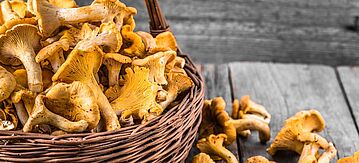Lead, Cadmium, Mercury

Heavy metals such as lead, cadmium and mercury are among the environmental contaminants in food that, depending on their concentrations, can pose health risks for consumers.
Heavy metals are present in the rocks of the earth’s crust and can therefore be found in the environment and in foodstuffs as a result of natural erosion processes. Due to various industrial uses, they also enter the environment as a result of human intervention. Heavy metals are still used in a range of technical applications in industrial sectors. They find their way into the environment and then into our food as production waste and through product use and disposal. Many impacts on the environment and food can have either be caused by anthropogenic or natural factors and it is not possible to make a clear distinction. This is also true for heavy metal content.
For the protection of human health, EU-wide maximum levels for mercury in fish and fisheries products have been in force since 1993, maximum levels for lead and cadmium in various food such as cereals, vegetables and fruits, meat and fish products since April 2002 and maximum levels for lead, cadmium and mercury in food supplements since July 2009. Today, the binding EU-wide provisions on maximum levels are laid down in Commission Regulation (EU) 2023/915 of 25 April 2023 on maximum levels for certain contaminants in food and repealing Regulation (EC) No 1881/2006.
Analysis of the lead, cadmium and mercury levels during annual food monitoring revealed that the share of food samples exceeding the maximum levels for the above-mentioned heavy metals was generally low, apart from a few exceptions.
